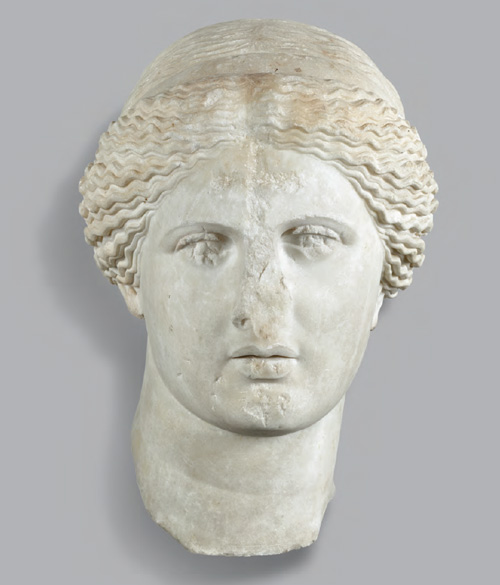“When Attila declared his resolution of supporting the cause of his allies, the Vandals and the Franks, at the same time, and almost in the spirit of romantic chivalry, the savage monarch professed himself the lover and the champion of the princess Honoria. The sister of Valetinian was educated in the palace of Ravenna; and as her marriage might be productive of some danger to the state, she was raised, by the title of Augusta, above the hopes of the most presumptuous subject. But the fair Honoria had no sooner attained the sixteenth year of her age, than she detested the importunate greatness, which must for ever exclude her from the comforts of honourable love: in the midst of vain and unsatisfactory pomp, Honoria sighed, yielded to the impulse of nature, and threw herself into the arms of chamberlain Eugenius. Her guilt and shame (such is the absurd language of imperious man) were soon betrayed by the appearances of pregnancy: but the disgrace of the royal family was published to the world by the imprudence of the empress Placidia; who dismissed her daughter, after a strict and shameful confinement, to a remote exile at Constantinople.”
(Edward Gibbon, The Decline and Fall of the Roman Empire, vol. III, chapter XXXV; p. 332 in volume 2 of the Penguin edition.)
